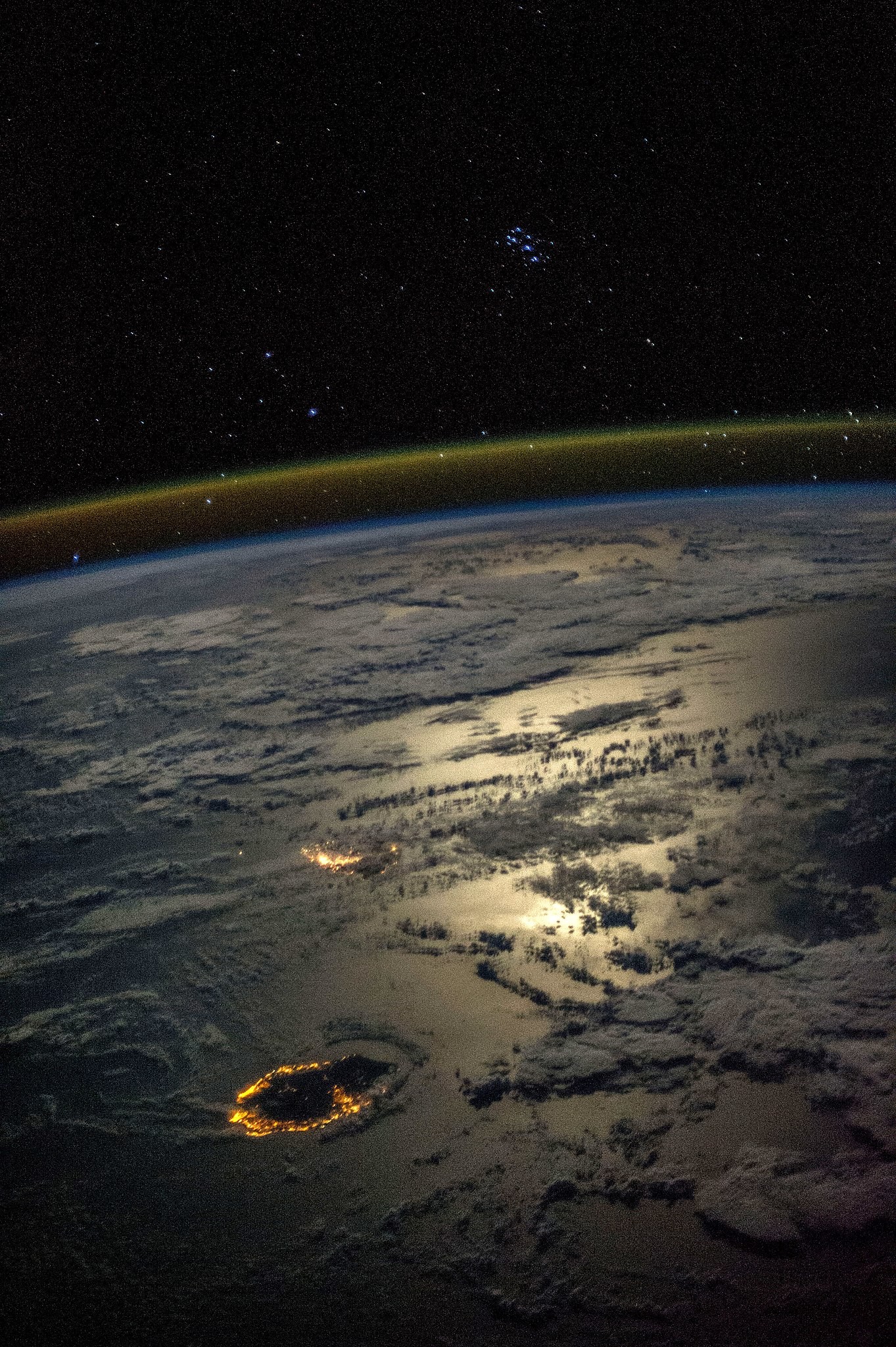Here on Earth, we humans experience the world on a scale of meters. Our daily lives rarely venture beyond kilometers in either direction. But what about the vastness of the universe? How can we, with our limited human perception, grasp the sheer scale of existence? This article explores the immense disparity in size between a human and Earth, then expands outward to the solar system, galaxy, and the observable universe.
From Human to Planet: A Dramatic Difference
Let’s start with the familiar: Earth. While seemingly large to us, understanding its size relative to a human can be visualized step-by-step. Imagine climbing a mountain, reaching kilometers above sea level. Then picture soaring tens of kilometers high in a hot air balloon or airplane. Finally, envision the view from the International Space Station, hundreds of kilometers above Earth’s surface.
From this vantage point, Earth’s true scale emerges: a sphere roughly 13,000 kilometers in diameter. This is millions of times larger than the average human height. Astronauts who’ve witnessed this firsthand describe a profound shift in perspective known as the Overview Effect – a sense of awe and interconnectedness with our planet.
Expanding Outward: The Solar System and Beyond
Earth, however, is dwarfed by other celestial bodies in our solar system. Uranus and Neptune are four times Earth’s diameter, while Jupiter and Saturn are ten to eleven times larger. Our Sun, the solar system’s colossal heart, boasts a diameter of 1.4 million kilometers – over 100 times that of Earth.
To further grasp these scales, consider planetary orbits. Earth’s average distance from the Sun is 150 million kilometers. This distance, known as an astronomical unit (AU), becomes our new yardstick. Jupiter orbits at 5 AU, Saturn at 10 AU, and Neptune at 30 AU. The Kuiper belt extends to about 50 AU, while the Oort cloud, a sphere of icy bodies, stretches out to tens of thousands of AU – potentially reaching a light-year.
Reaching for the Stars: Interstellar Distances
Our closest stellar neighbor, Proxima Centauri, lies 4.2 light-years away – an immense leap from even the outermost reaches of the Oort cloud. This is where the concept of light-years, the distance light travels in one year, becomes essential. Hundreds of stars reside within 25 light-years of Earth, with thousands more within 100 light-years.
Galactic Proportions: The Milky Way
As we zoom out further, we encounter the Milky Way, our home galaxy. This vast spiral, over 100,000 light-years in diameter, contains hundreds of billions of stars. Using our previous analogies, the ratio of a human to Earth is similar to the ratio of the Earth-Sun distance to the size of the Milky Way.
Spiral galaxy NGC 6384, a potential near-twin of the Milky Way, highlighting the vastness of galaxies.
The Universe at Large: A Cosmic Web
Beyond the Milky Way lie other galaxies, often clustered together. The Local Group, our galactic neighborhood, includes Andromeda, a galaxy 2.5 million light-years away and larger than the Milky Way. Superclusters, like the Virgo Supercluster spanning over 100 million light-years, contain thousands of galaxies. Finally, the observable universe, the portion we can see, stretches for a staggering 93 billion light-years.
The large-scale structure of the universe, visualized as a cosmic web of galaxy clusters and voids.
Comprehending the Immense
To grasp the incomprehensible scale of the universe, we shift from linear to logarithmic thinking. Each step outward – from human to Earth, to solar system, to galaxy, to universe – represents an exponential increase in size. While a human is minuscule compared to Earth, and Earth is a mere speck in the universe, we are all interconnected parts of this grand cosmic tapestry. Understanding these scales allows us to appreciate our place within the vast expanse of existence.
